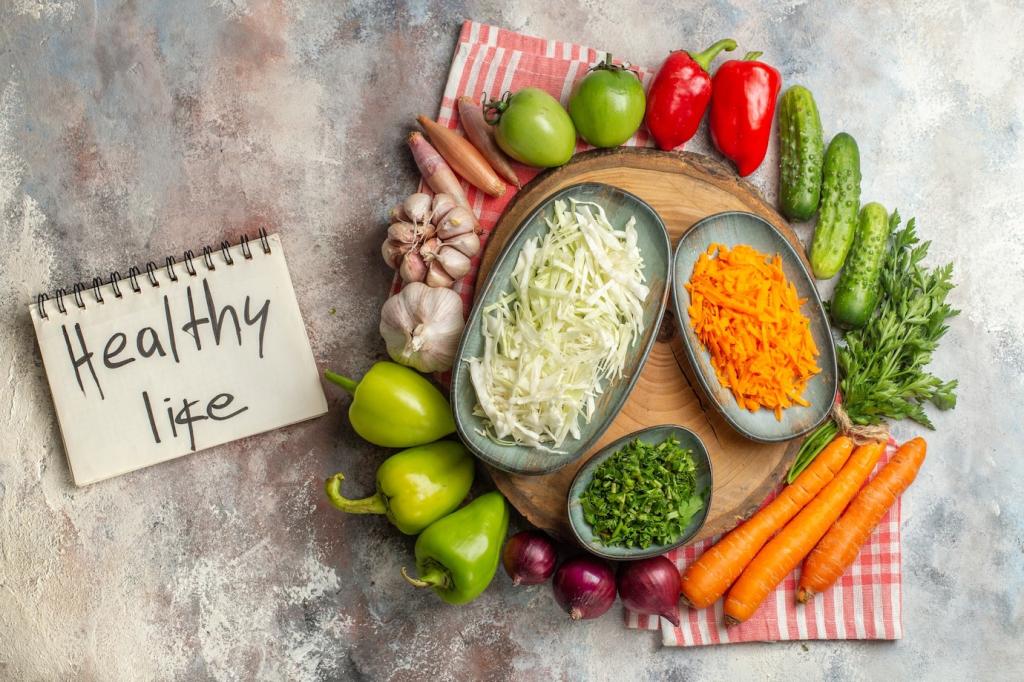Post-Workout Rehydration and Recovery
Aim to drink roughly 125–150 percent of the fluid you lost over the next two to four hours. Larger, rapid gulps aren’t required; steady, comfortable sipping works well. Include sodium to encourage retention, not just frequent trips to the restroom.
Post-Workout Rehydration and Recovery
Soups, smoothies, fruit, yogurt, and even milk provide fluids, electrolytes, and recovery nutrients. Chocolate milk, for example, offers carbs, protein, and sodium. Build a simple post-session ritual that refuels, rehydrates, and actually tastes good after hard efforts.





